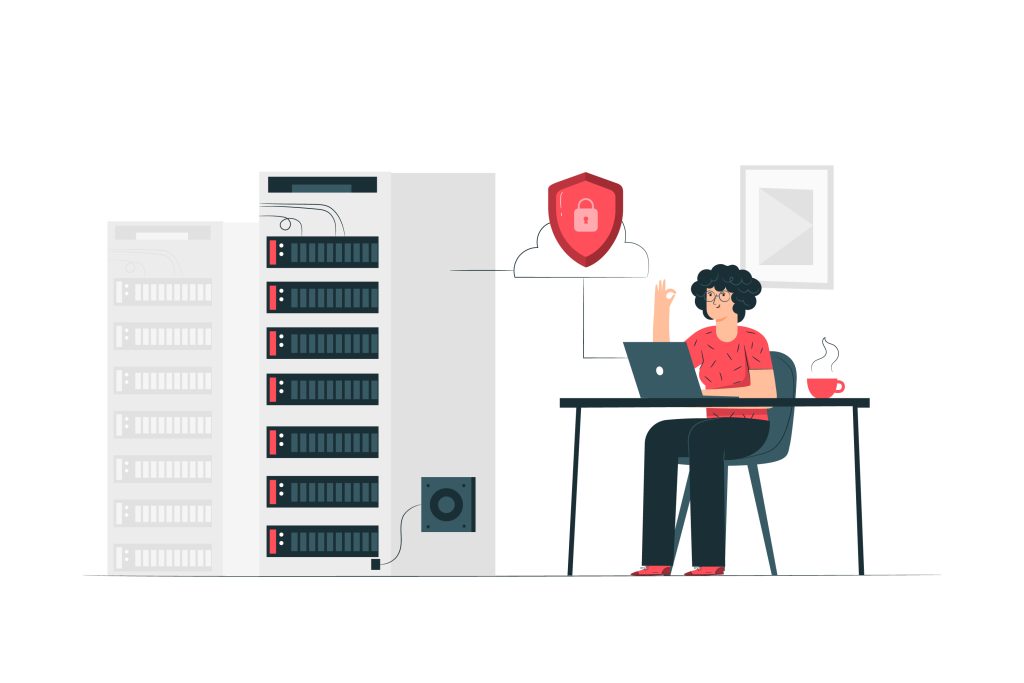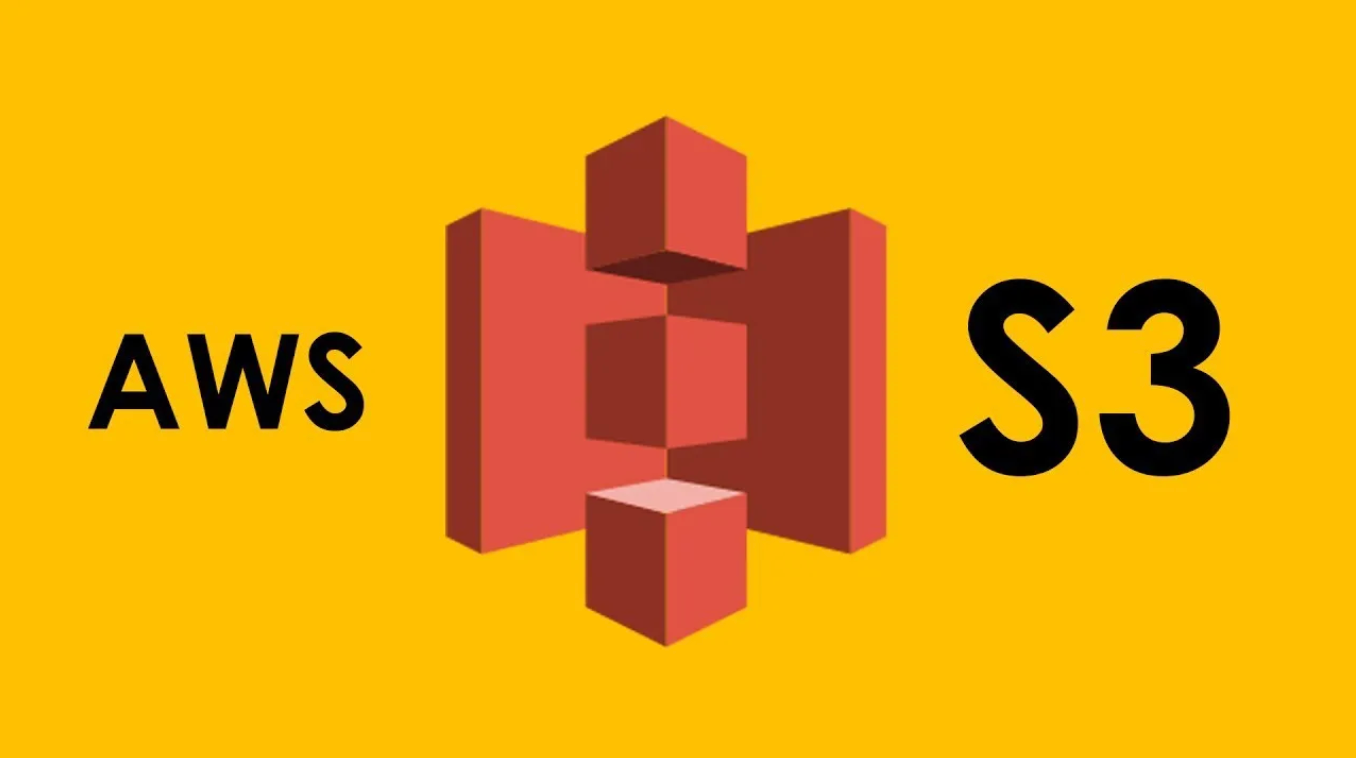data storage and management have become crucial for individuals and businesses alike. With the ever-increasing volume of data, finding a reliable and efficient storage solution is paramount. This is where AWS S3 comes into the picture. AWS S3, short for Amazon Simple Storage Service, is a cloud-based storage service provided by Amazon Web Services (AWS). Here we explore the features, benefits, and use cases of AWS S3.
What is AWS S3?
AWS S3 is a highly scalable, secure, and durable object storage service offered by Amazon Web Services. It provides developers and businesses with a simple and cost-effective way to store and retrieve vast amounts of data. Whether you are an individual looking for personal storage or a large enterprise with massive data requirements, AWS S3 caters to all your storage needs.
Why Choose AWS S3 for Storage?
When it comes to choosing a storage solution, AWS S3 stands out for several reasons. Here are some key advantages that make AWS S3 the ultimate storage solution.
1. High Scalability
With AWS S3, you can seamlessly scale your storage capacity to accommodate any amount of data. Whether you need to store a few gigabytes or petabytes of data, AWS S3 can handle it without any hassle. This scalability ensures that your storage solution grows with your business.
2. Durability and Reliability
AWS S3 provides exceptional durability, ensuring that your data remains intact even in the face of hardware failures. It achieves this by automatically replicating data across multiple geographically dispersed data centers. This redundancy ensures that your data is always available, reducing the risk of data loss.
3. Security
Security is a top priority for AWS, and AWS S3 incorporates several security measures to protect your data. You can leverage AWS Identity and Access Management (IAM) to control access to your S3 buckets and objects. Additionally, AWS offers server-side encryption and supports client-side encryption for enhanced data security.
4. Cost-Effectiveness
AWS S3 follows a pay-as-you-go pricing model, meaning you only pay for the storage you use. There are no upfront costs or long-term commitments, making it a cost-effective solution for businesses of all sizes. The pricing is transparent, and you can easily estimate your monthly costs using the AWS Simple Monthly Calculator.
How to Getting Started with AWS S3

1. Create an AWS Account
If you don’t have an AWS account already, visit the AWS website and create one. You will need to provide some basic information and set up your billing preferences.
2. Access AWS Management Console
Once your account is set up, log in to the AWS Management Console, where you can access various AWS services, including S3.
3. Create an S3 Bucket
In the AWS Management Console, navigate to the S3 service and click on “Create Bucket.” Provide a unique name for your bucket and choose the region where you want to store your data.
4. Configure Bucket Settings
Configure the settings for your bucket, such as access control, logging, and versioning. You can choose whether to allow public access to your bucket or keep it private.
5. Upload Data to the Bucket
After setting up your bucket, you can start uploading your data. You can use the AWS Management Console, AWS Command Line Interface (CLI), or AWS Software Development Kits (SDKs) to upload and manage your data in AWS S3.
How Does AWS S3 Work?
AWS S3 follows a simple yet powerful architecture for storing and retrieving data. When you upload data to an S3 bucket, it is divided into objects, each with its unique key. The objects are then stored in different storage devices across multiple data centers for redundancy.
To retrieve data from AWS S3, you need to specify the key of the object you want to access. The service retrieves the requested object and delivers it to you. AWS S3 supports various storage classes, including Standard, Intelligent-Tiering, Infrequent Access, Glacier, and Deep Archive, allowing you to choose the most suitable option based on your data access patterns and cost requirements.
AWS S3 Security Measures
Security is a top priority for AWS S3. Here are some key security measures implemented by AWS to protect your data.
1. Access Control
AWS S3 allows you to define fine-grained access control policies using IAM. You can create IAM users, groups, and roles and assign appropriate permissions to control who can access your S3 resources. This ensures that only authorized individuals or systems can interact with your data.
2. Encryption
AWS S3 provides built-in encryption mechanisms to protect your data at rest and in transit. You can enable server-side encryption to encrypt your data automatically when stored in S3. Additionally, AWS supports client-side encryption, where you encrypt the data before uploading it to S3, giving you complete control over the encryption process.
3. Logging and Monitoring
AWS S3 offers comprehensive logging and monitoring features to help you track and analyze access to your S3 resources. You can enable S3 Server Access Logging to capture detailed information about every request made to your S3 buckets. AWS CloudTrail integration allows you to monitor and audit all API activity in your AWS account.
AWS S3 Case Study
AWS S3 is a versatile storage solution that caters to a wide range of use cases across various industries. Here are some common scenarios where AWS S3 proves to be the ultimate storage solution:
1. Backup and Restore
AWS S3 is an excellent choice for backing up critical data and ensuring its availability in case of disasters or data loss. You can easily create automated backup processes and store the backups in AWS S3 for long-term durability and accessibility.
2. Content Distribution
With Amazon CloudFront, AWS’s content delivery network (CDN), you can seamlessly distribute your content stored in AWS S3 to users worldwide. CloudFront caches the content at edge locations, reducing latency and improving the performance of content delivery.
3. Data Archiving
AWS S3 offers various storage classes, including Glacier and Deep Archive, specifically designed for long-term data archiving. You can store infrequently accessed data or regulatory-compliant data in these storage classes, reducing storage costs while ensuring data durability.
4. Big Data Analytics
AWS S3 integrates seamlessly with other AWS services like Amazon Athena, Amazon Redshift, and Amazon EMR, enabling you to analyze large volumes of data stored in S3. You can run complex queries, perform data transformations, and derive valuable insights from your data using these services.
FAQs
How secure is AWS S3?
AWS S3 is highly secure, implementing robust security measures such as access control, encryption, and logging. You can leverage AWS IAM to control access to your S3 resources and enable server-side encryption to protect your data at rest.
Can I share files stored in AWS S3 with others?
Yes, you can share files stored in AWS S3 by generating pre-signed URLs or granting temporary access using AWS IAM. This allows you to securely share files with authorized individuals or external partners.
What is the maximum size of an object I can store in AWS S3?
In AWS S3, the maximum size of an object you can store is 5 terabytes (TB). If you need to store larger files, you can use the Amazon S3 Multipart Upload feature, which allows you to upload objects in parts and then combine them into a single object.
How can I monitor the access and usage of my AWS S3 buckets?
You can monitor the access and usage of your AWS S3 buckets by enabling S3 Server Access Logging. This feature logs detailed information about every request made to your S3 buckets, including the source IP address, request type, and response status.
Can I automatically replicate my data across different AWS regions?
Yes, AWS S3 provides cross-region replication, allowing you to automatically replicate your data to a different AWS region for disaster recovery purposes. This ensures that your data remains available even in the event of a regional outage.
What is the cost of using AWS S3?
The cost of using AWS S3 depends on various factors, including the amount of data stored, data transfer, and the storage class used. AWS S3 follows a pay-as-you-go pricing model, and you can estimate your monthly costs using the AWS Simple Monthly Calculator.
Conclusion
AWS S3, the Ultimate Storage Solution, offers a robust and scalable storage platform for individuals and businesses alike. With its high scalability, durability, security measures, and cost-effectiveness, AWS S3 stands out as a top choice for storing and managing data in the cloud. Whether you need storage for backups, content distribution, data archiving, or big data analytics, AWS S3 has you covered. Embrace the power of AWS S3 and unlock the true potential of your data.

